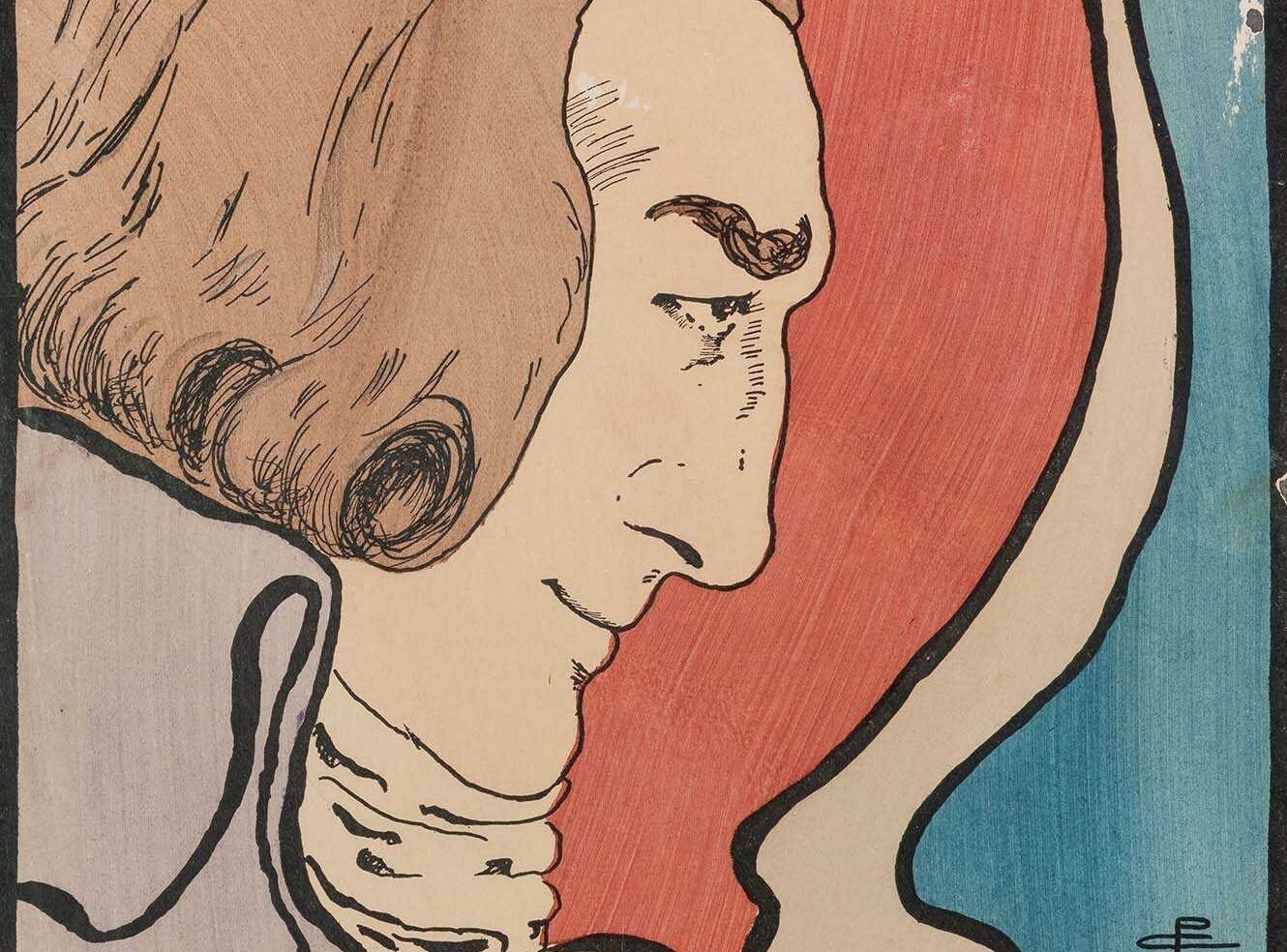Extraordinary Instance of Female Friendship: Female Romance Before Gentleman Jack
The BBC drama 'Gentleman Jack' starred Suranne Jones – all cheekbones, wry smile and top hat – who thoroughly embodied the eponymous character. Anne Lister is one of history’s most iconic lesbian figures; her coded diaries shattered everything we thought we knew about nineteenth century “lesbianism” upon their rediscovery in 1933. Iconic female romances existed in Britain long before Lister’s notorious love affairs, however, and one such story can be found in our Defining Gender resource.

Lithograph: Lady Eleanor Butler and Sarah Ponsonby, the Ladies of Llangollen. Image via: Wikimedia Commons.
When Eleanor Butler and Sarah Ponsonby met in Ireland in 1768, homosexuality was both socially and legally unacceptable. However, non-sexual “romantic friendships” were often encouraged between young and respectable unmarried women, for whom the friendship was considered a suitable distraction from pre-marital temptation. Such a friendship was established between the ‘tall and masculine’ Miss Butler and the ‘polite and effeminate’ Miss Ponsonby, and initially their families considered nothing out of the ordinary. After Miss Butler’s fifth rejected marriage proposal, however, that opinion had been utterly ruined. With Miss Ponsonby declared ‘the bar to all matrimonial union’, the two were separated and Miss Butler sent into confinement.
While it’s important to note that there is no concrete evidence of a true romantic relationship between the two – nothing on the scale of Anne Lister’s diaries, at least – the strength of their families’ response and their determination to be reunited both hint at something far beyond companionship. A 1796 publication titled The Parental Monitor details two dramatic elopements, the second of which saw Eleanor and Sarah happily settling across the Irish Sea in the beautiful Welsh vale of Llangollen. They continued to live for fifty years together as women of class and respectability in a house named Plas Newydd, and ‘no persuasions could ever get them from this retreat.’

The Parental Monitor, 1796. Image © Bodleian Library, University of Oxford.
Known locally as the Ladies of Llangollen, Eleanor and Sarah attracted much fame as paragons of platonic female friendship. It appears that few ever suspected that the pair might be lovers; in fact, The Parental Monitor was intended by its writer, Elizabeth Bonhote, to be presented to her children as an instructive work in virtue and character. An abridged version of Bonhote’s anecdote was again printed in The Lady’s Monthly Museum in 1799 with the addition of a poem by their friend Anna Seward, dedicated to their ‘sacred friendship, permanent as pure.'

The Lady's Monthly Museum, 1799. Image © Bodleian Library, University of Oxford.
As such, it seems that the concept of ‘romantic friendships’ had provided the Ladies of Llangollen with a perfectly convincing camouflage for their love. Shielded by their respectability, Miss Butler and Miss Ponsonby maintained a relationship spanning half a century that not only managed to avoid scandal, but in fact earned admiration in both the society and conduct literature of Georgian Britain. Their story is not as explosive as that of 'Gentleman Jack', but, in this, the month of LGBT Pride, it offers us a rare and heart-warming insight into the history of female romance.
For more information on Defining Gender, including free trial access and price enquiries, please email us at info@amdigital.co.uk.
Recent posts

Foreign Office, Consulate and Legation Files, China: 1830-1939 contains a huge variety of material touching on life in China through the eyes of the British representatives stationed there. Nick Jackson, Senior Editor at AM, looks at an example from this wealth of content, one diplomat’s exploration of Chinese family relationships and how this narrative presented them to a British audience.

The Nineteenth Century Stage is a rich resource exploring the theatrical celebrities, artistry, and changing social roles of the era. It highlights Pamela Colman Smith, known for her Rider-Waite tarot illustrations and theatre work, whose influence shaped Victorian theatre. Despite being overlooked, her life and impact are vividly captured through striking art and intimate collections within this valuable resource.
